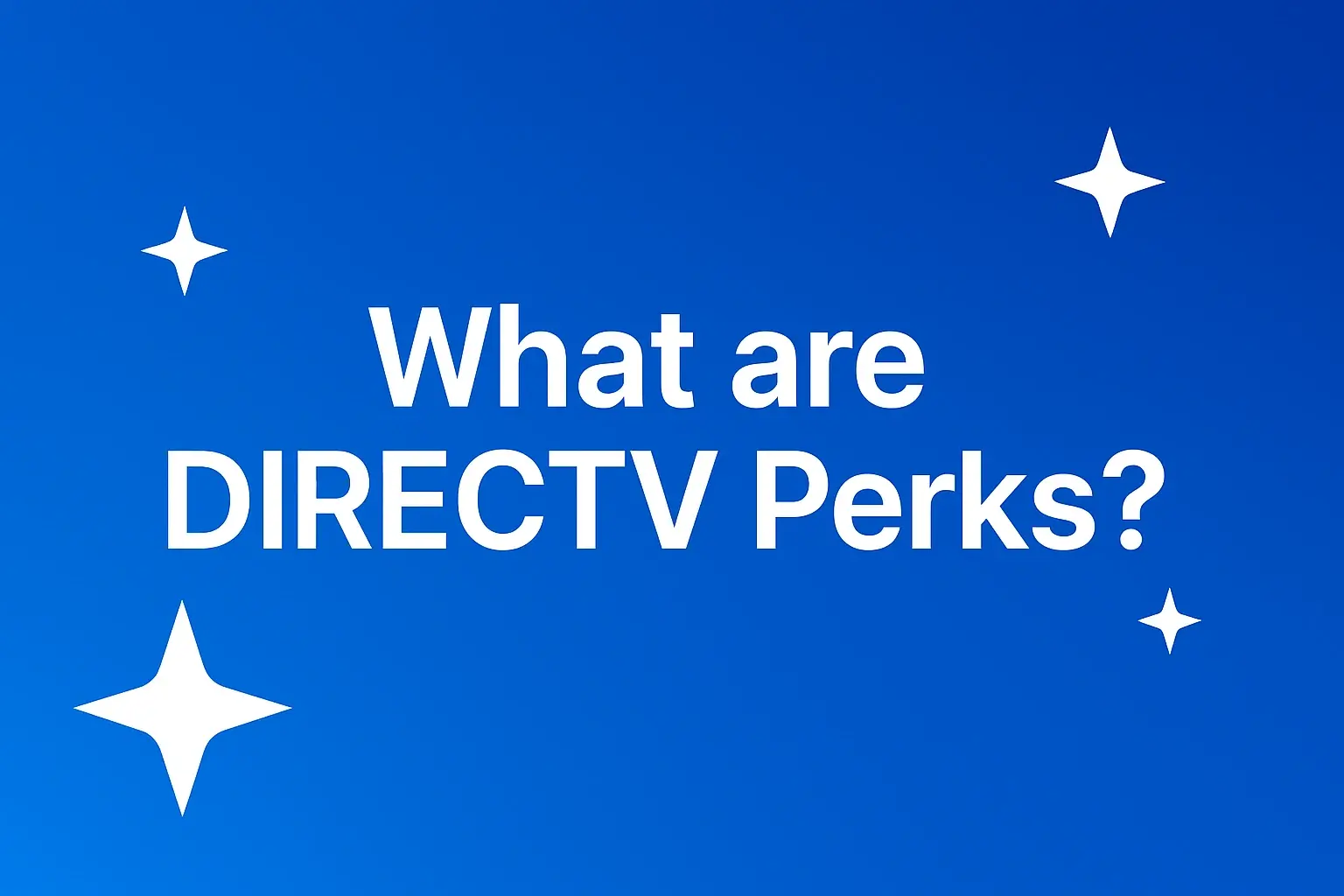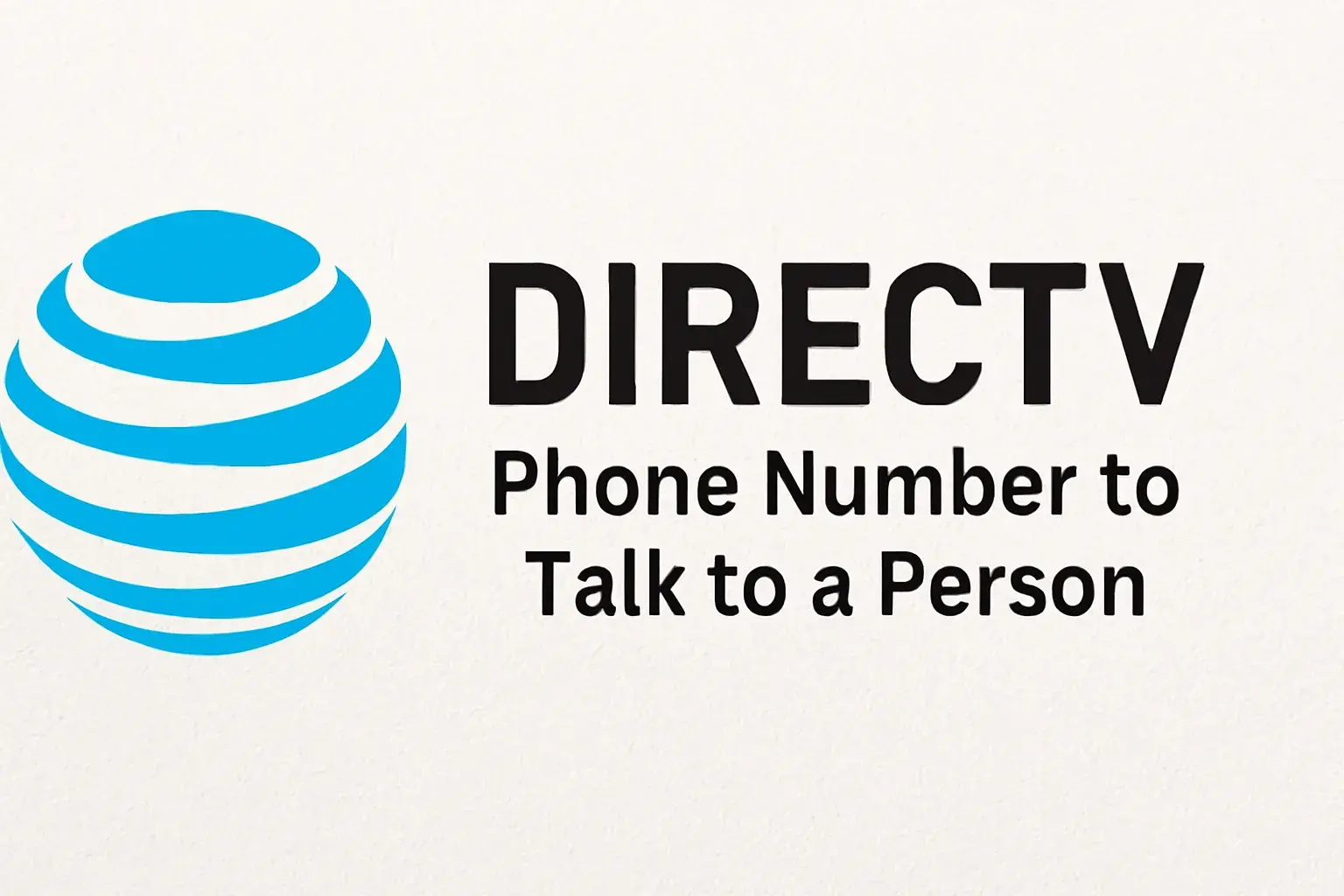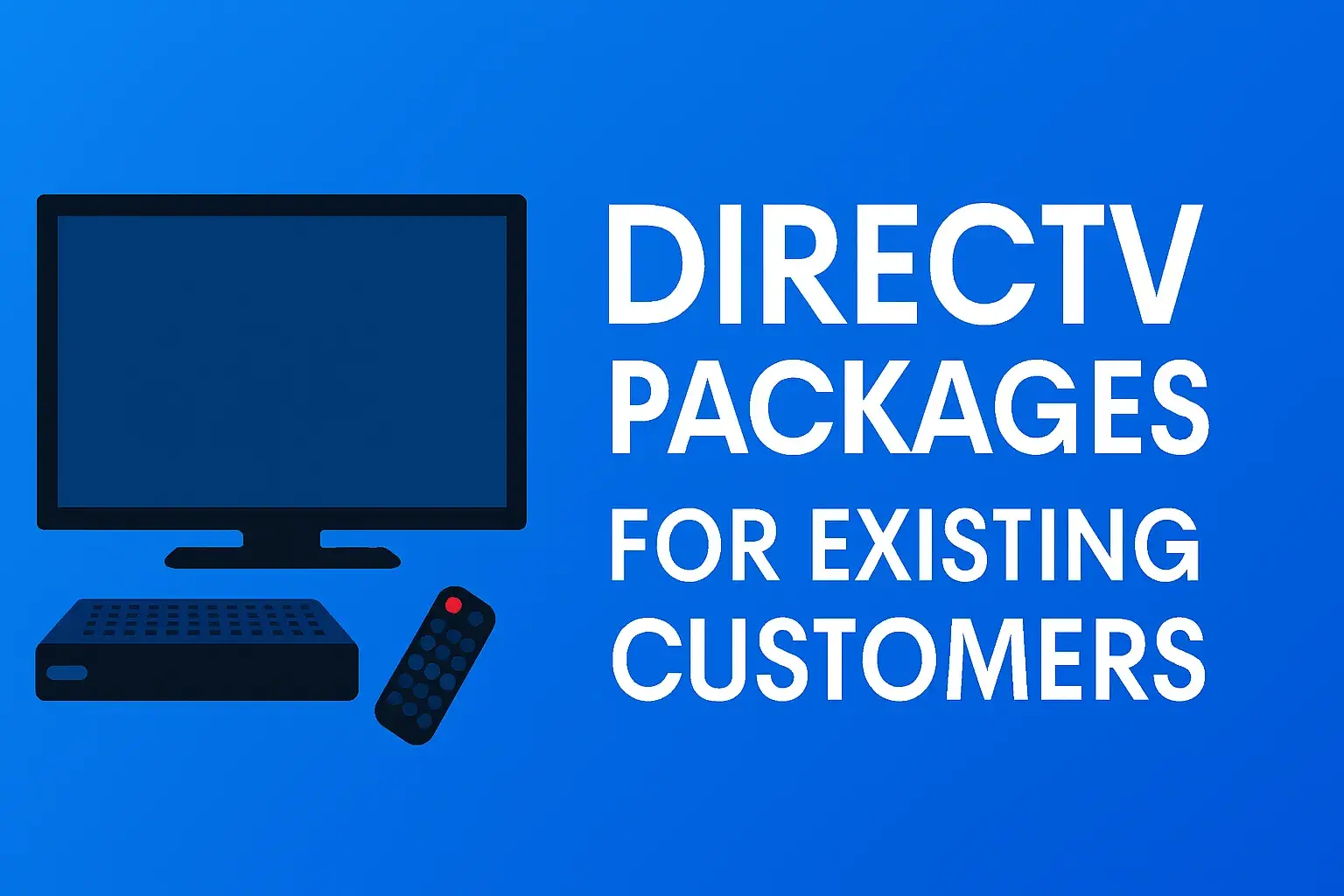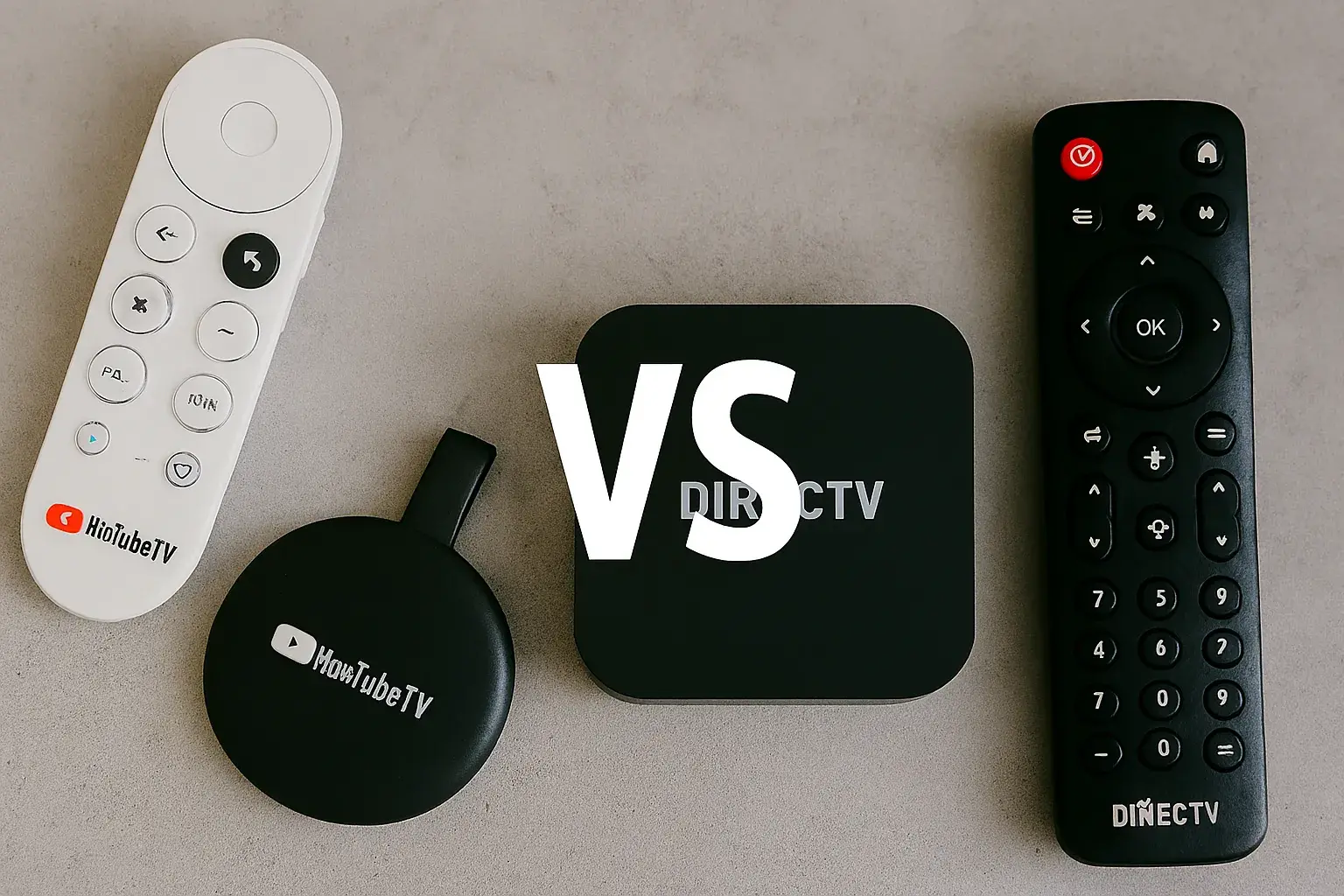-
Posted on: 30 Jul 2024

-
DIRECTV is amongst the leading companies in America that offer satellite TV services to its consumers. DIRECTV was launched in 1994 and up to date it has largely depended on satellite to transmit TV programs across the nation’s homes. However, with the advancement in technologies and the ease of access to Internet streaming services, some individuals ask themselves if DIRECTV still employs those famous Satellite dishes in subscribers’ homes. Yes, in this case, it is correct to claim that DIRECTV provides some streaming services in addition to satellite TV services, but the core services are tied to satellite TV and necessitate a satellite dish.
Why DIRECTV Still Uses Satellite Dishes
There are a few key reasons why DIRECTV still depends on satellites rather than switching over to a complete internet-based streaming system:
- Wider Availability: Television via satellite differs from cables or fiber optic connections that require a physical infrastructure on the ground and can be installed in almost any place within a direct view of the southern sky of the continental US. This enables DIRECTV to provide services in areas where people can hardly access TV services from other companies.
- Bandwidth Limitations: Watching ultra HD and 4K video streaming demands stable bandwidth which would be overwhelming for most people’s internet connection, let alone torrents of TVs in a single home. Unlike some of the other cable system providers, DIRECTV’s satellite service offers exclusive television bandwidth, which means that, unlike internet browsing, there is no sacrifice of bandwidth for television.
- Picture Quality: Satellite broadcasts being a closed and controlled environment helps DIRECTV encode video to fit the best quality screen as compared to third-party providers who are struggling with the unreliable throughput of the internet connection. Satellite TV is less susceptible to some of the problems such as video lagging or impairment.
- Consistent Nationwide Library: This satellite system makes it easier for the provider to deliver similar programs and channels to its clients across the United States without regard to the varying capacities of local Internet networks.
Satellite TV from DIRECTV at a Glance
To enjoy the programs transmitted through satellite, the subscriber has to have an outside dish antenna installed and aligned in the direction of the company’s satellite. This dish is oval-shaped and measures 18 inches in diameter and the satellite signals are transmitted directly through the southern sky and to DIRECTV’s fleet of high-power communications satellites that are stationed in the geostationary orbiting plane about 22, 500 miles above the earth’s equator.
There are five main components in DIRECTV's satellite TV setup:
- The Satellite Dish – construction of this component has to be made from aluminum, fiberglass, or solid plastic with a view of withstanding weather elements. An LNB-integrated receiver collects and concentrates the satellites’ downlinked signals.
- Satellites– DIRECTV at the moment deploys 14 communications satellites placed above the earth along the equatorial line and at a great altitude to broadcast TV channels over a large coverage area.
- Uplink Centers – These are centers that uplink and compress the high-definition video/audio feeds of respective content providers to satellite-compatible standards.
- Receiver & DVR – Responsible for receiving and demodulating the satellite signals into air-able programs on the TV screens of the subscribers. It enables one to watch the shows as they air or at any time in the future.
- Access Card – The smart card, which resembles a credit card, is inserted into the receiver and holds raised line codes that allow the customer to decode the channels provided by the programming package. Protects against piracy.
What about its services like DIRECTV and Streaming?
Even though satellite delivery is still the central focus of its service provision, DIRECTV has adopted streaming technology in a way that merely supplemented its services instead of eliminating satellites. Reasons include:
- Gradual Audience Shift – although most TV viewership is still done through conventional satellite dishes, streaming has quickly increased and is rapidly becoming popular with the post-millennium generation. The market being described here is the one that streaming captures.
- Mobile Viewing – Streaming makes it possible for people to watch their DIRECTV channels on Smartphones, tablets, and laptops within the comfort of their homes rather than being restricted to a Satellite TV connection. Televisual content portability offers even further flexibility in terms of viewing.
- Data Limits Anxiety – Intensive video usage may lead to data limits of Internet service plans that have restrictions on data usage. Satellite dishes do not draw from home internet allowance; therefore, there are no extra charges for going over the usage.
- Picture Quality – Satellite TV here comes out as having the better picture quality for the moment for the best home theater entertainment. DIRECTV offers both to satisfy the quality and mobility requirements the audience demands.
DIRECTV's Current Streaming Options
While adding more streaming capacities through partnerships with providers like AT&T TV and NFL Sunday Ticket Online, below are some of DIRECTV's core live streaming platforms enabling satellite subscribers portable access:
- DIRECTV App – Provides live channels and thousands of other titles on multiple devices, including computers, mobile, and linked smart TVs through GENIE HD DVR receivers.
- DIRECTV. com – Online portal being another feature offers ‘anywhere live channel viewing plus the case of shows, movies as well as sports broadcasts in the last week if not viewed on a TV screen.
- Remote Viewing – This allows clients to access their normal home DIRECTV receiver through an online username/password login that lets a customer view their programming through the internet.
The Future with AT&T TV and DIRECTV
DIRECTV relies primarily on satellite dishes to deliver service to over 20 million customers while streaming is adopted as part of the company’s service delivery strategy after being acquired by AT&T in 2015 to cater to shifting consumer preferences. Under AT&T ownership, more resources get directed towards accelerating DIRECTV's streaming capacities through platforms like:
- AT&T TV – The most recent streaming TV offering from AT&T is the AT&T TV which combines the traditional channels offered by the DIRECTV along with the applications and devices. Satellite and streaming could gradually merge, as an experience in one could be incorporated into the other.
- 5G connectivity – With the extension of the new generation of internet based on 5G connection, AT&T has the opportunity to significantly enhance the stream capabilities which can eventually match the high-definition quality that modern satellite broadcasting currently offers.
- Personalization – AT&T also permits DIRECTV to employ a vast pool of customer data and the latest technologies to improve programming choices tailored to reflect subscribers' streaming habits.
The satellite dishes therefore will probably continue to be a requirement for DIRECT’s traditional business model for a few more years at least. However, the evolving developments in the aspect of streaming functionality might shift the balance once again in the viewers’ favor. The vehicle moving through orbit still transmits an essential signal that brings the beloved content into our homes. But now, thanks to advancements in streaming options, we take charge of when, where, and how we listen.
Transform your viewing experience with DirecTV! Call us today at +1 855-213-2250 to explore our plans and find the perfect package for you. Our experts are ready to assist you and get you set up with top-notch entertainment. Don’t wait—contact us now!





